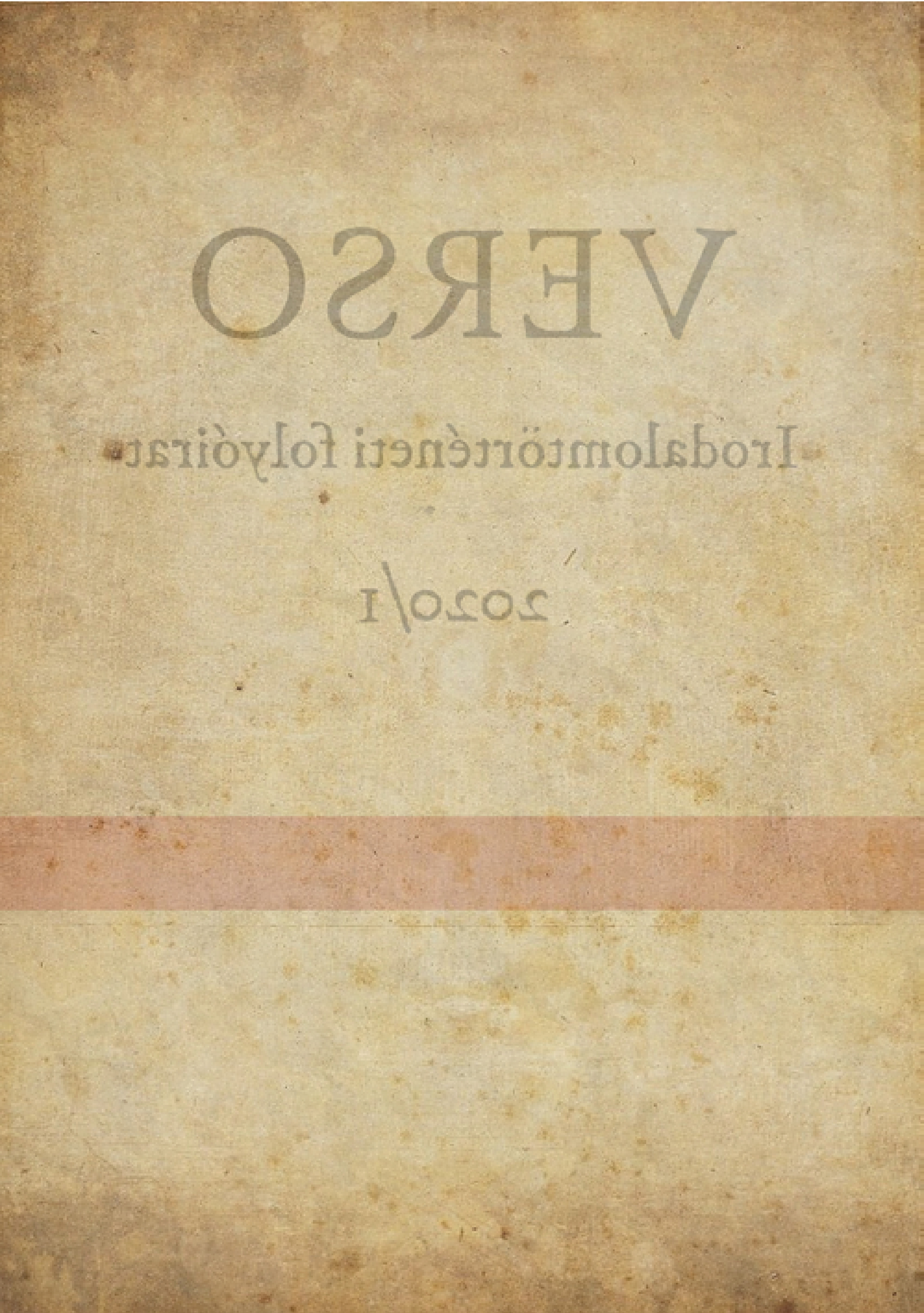Dramaturgiai mintázatok a Bánk bánban
DOI:
https://doi.org/10.15170/VERSO.3.2020.1.75-98Absztrakt
A tanulmány azt vizsgálja, hogy Katona József a Bánk bánban miként használja fel – s alakítja át egyszersmind saját eredeti elképzelésének megfelelően – a korszak két jellegzetes színjátéktípusának, az érzékenyjátéknak és a végzetdrámának a dramaturgiai eszközeit. A vizsgálat a Bánk bán két szövegrészletének, Bánk szerelmi monológjának (I. felvonás) és Mikhál elbeszélésének (IV. felvonás) elemzésére épül. Bánk monológjában a szerelem individuális felfogása formálja át az erény próbatételének érzékenyjátékos témáját. A dráma sötét horizontjára jellemző, hogy a cselekményben három nő szerepel, s mindhárom valamely erőszak elszenvedőjévé válik. Ezek az események a mű lélektani dimenzióját erősítik fel. Mikhál elbeszélése, amelyet sokan epikus betétnek tekintenek, s az előadások rendszerint mellőzik, a dráma szerves része. Egy múltbeli tragikus éjszaka következményei a cselekmény jelenében alakítják tovább, s viszik majd a végkifejlethez a spanyol szereplők, a bojóthi Mortundorfok (Mikhál, Simon és Melinda) végzetét. A dráma szerves kompozíciójára jellemző, hogy ez a folyamat, éppen Mikhál elbeszélése által, összefügg Gertrudis (és természetesen Bánk) tragikumával. A végzetdrámai folyamat, immár átlényegülve, a Bánk bán tragikus összhangzatának egyik meghatározóan fontos szólamává válik.

